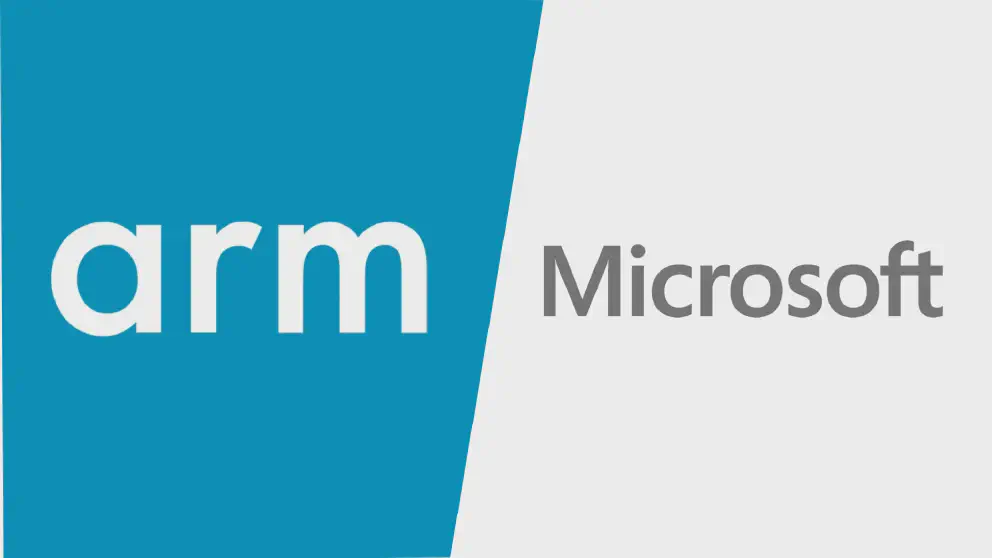Microsoft is a global software company that found its fortune in making operating systems and productivity software. Of course later it branched out into gaming and cloud computing, but there is no doubt that Microsoft’s most famous products are Windows and Office. And for the longest time, it supported only a single kind of hardware, X86 primarily made by Intel. Such a strong symbiotic relationship that they had, they have an unofficial name: Wintel.
However, in Build 2022, Microsoft annual developer’s conference, Microsoft unveiled Project Volterra. It is a Mac Mini-like desktop computer that looks like any typical computer but with a single big difference: it runs on an ARM chip made by Qualcomm instead of a X86 chip by Intel. Microsoft says that it is a tool to help developers prepare to build new software based on ARM architecture instead of X86. This is the biggest push yet from Microsoft, but later we will learn working on ARM has been a Microsoft play for a long time.
Project Volterra
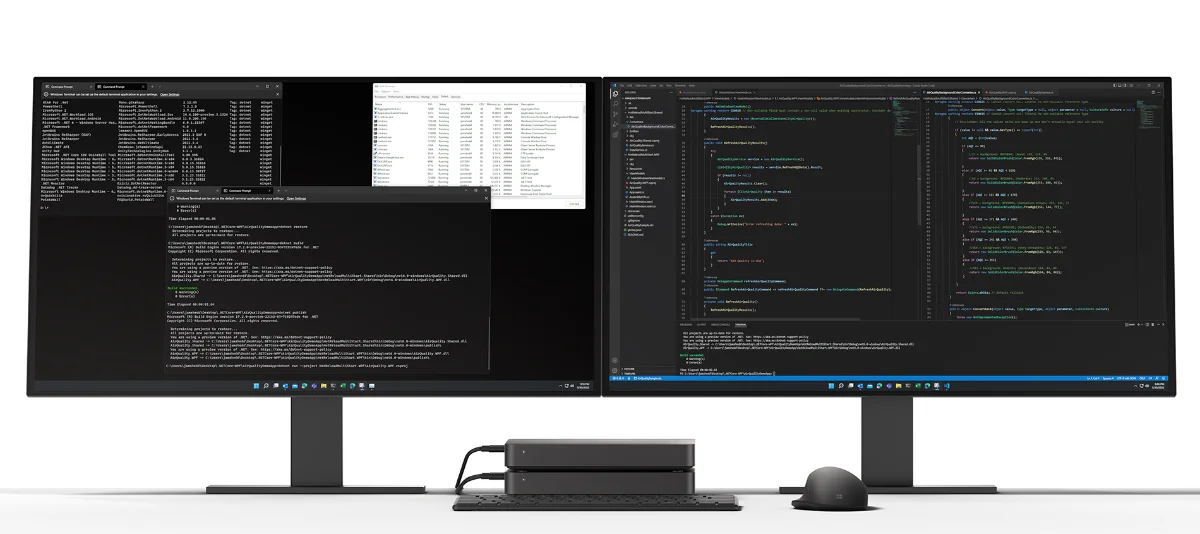
On a surface level, Project Volterra is an unremarkable computer: a Mac Mini form factor, ethernet ports, mini display port, 3x USB-A port (presumably USB-3.2) and 2x USB-C. The most interesting feature is that it runs an unnamed SnapDragon SOC made by Qualcomm. Other specs like memory, storage and pricing are not available at the moment. The computer is designed to be stacked so you can theoretically connect them to make a cluster or a render farm.
Microsoft presentation on Project VolterraThe idea behind Project Volterra is the same with what Apple is doing when switching new architectures. When Apple transitioned from PowerPC to Intel, they initially released a Mac Mini with a very weak Intel chip that runs the latest macOS of the day. When Apple did another transition from Intel to Apple Silicon, they repeated the process by launching a Mac Mini running on A12Z chip that runs the latest macOS of the day. Couple months down the road, Apple launched new Macs with more powerful versions of the chip that they transitioned to.
So, one could expect Microsoft to do the same: launch project Volterra with a decent ARM SOC by Qualcomm to help developers transition their app from Intel to ARM and come out with all out new ARM-based products several months down the road. The real question is, what is Microsoft ARM strategy?
Brief History of MS x ARM
While some might think that Microsoft is going into ARM because the ARM is in vogue, it goes further than that. People might think that Microsoft is a one architecture shop, but that is not the case for a long-long time. In the founding days of Microsoft, they wrote a BASIC interpreter for Altair 8800, one of the earliest computers that predates the x86 architecture. Early version of Windows NT (which Microsoft bought over from VMS) supports alternative architecture such as DEC Alpha, MIPS, Itanium and even PowerPC.
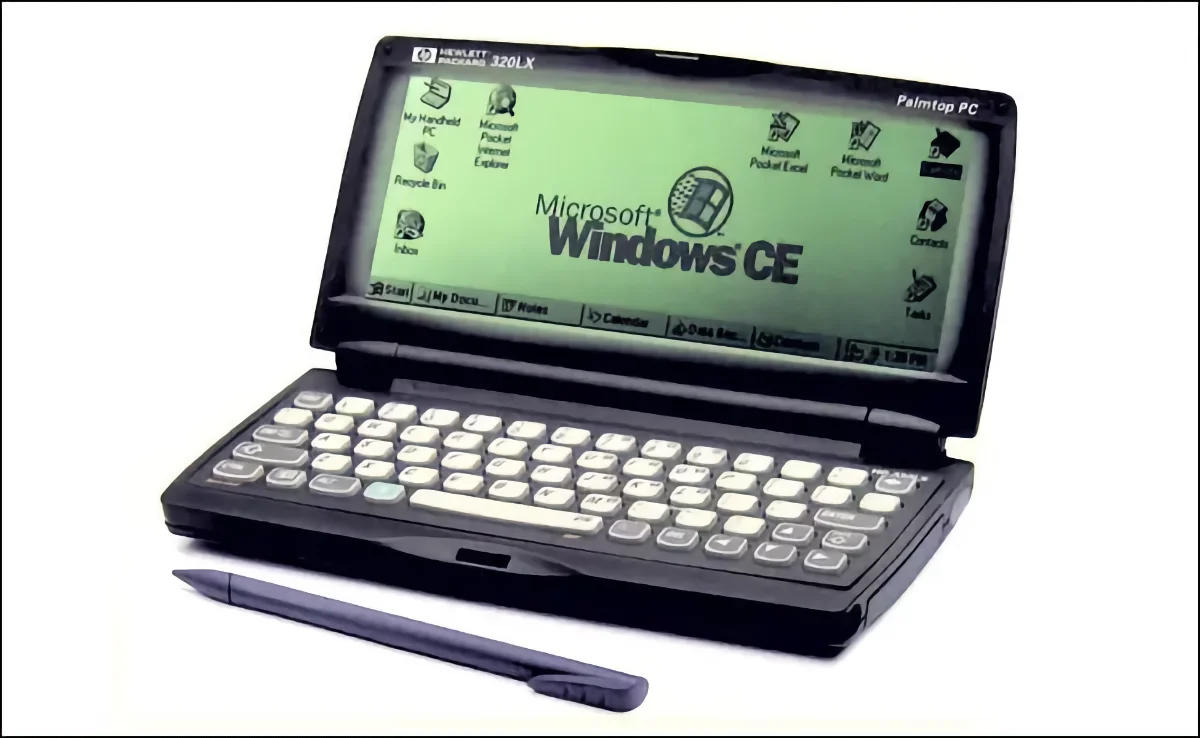
One of the earliest Microsoft efforts to put Windows on an ARM computer was in the late 1990s with the launch of the Windows CE. One of the first “palmtop” computers was the HP 320LX which ran the first versions of Windows CE. The memory back then was only 2MB and the computer was running a RISC chip from Hitachi. It was the later versions of Windows CE that added ARM support back in 1997. So Microsoft has been working on the ARM platform in various forms for over 25 years now.
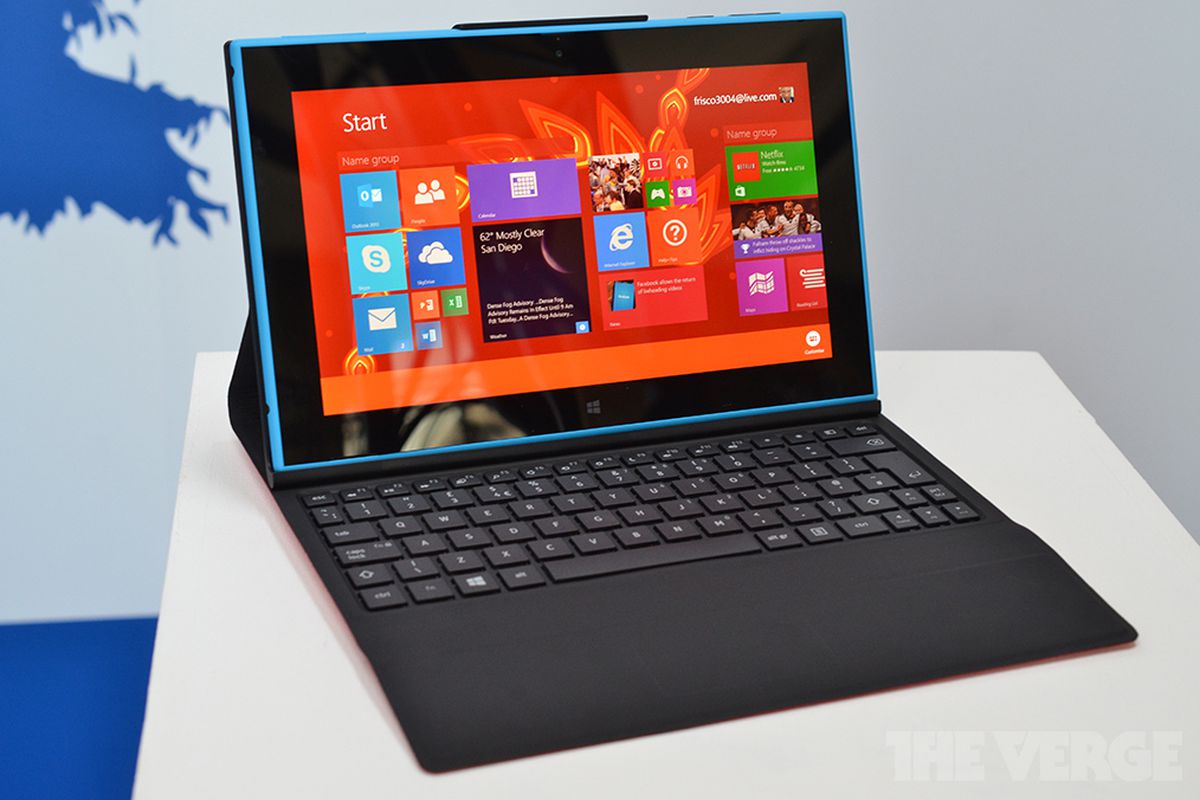
Back in 2012, when the smartphone war was at the early phase, Microsoft released Windows RT, a version of Windows 8 that runs on the ARM platform. The look and feel is just like Windows 8, but you can only run programs that are from the Microsoft Store, thus limiting its usefulness. Because Windows RT was too constrained, the product eventually died.
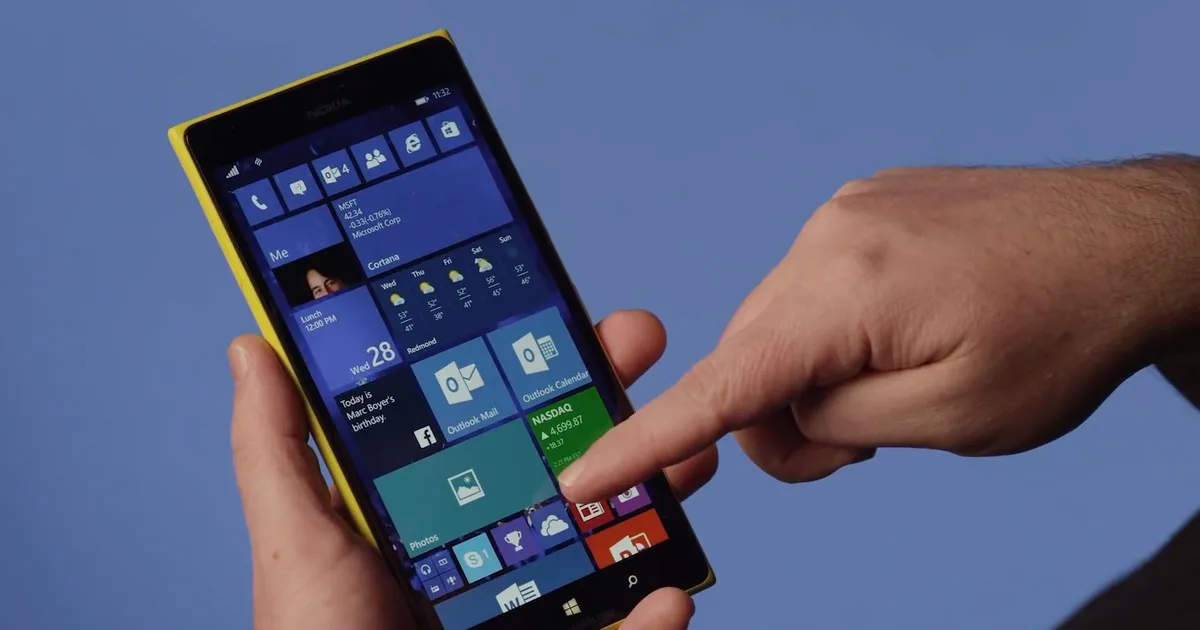
And at least not forget, during the smartphone wars, Microsoft actually made a smartphone OS based on the Windows NT kernel called the Windows 10 Mobile. The first release was in 2016 and Microsoft even launched their own smartphones called the Lumina series. Then it eventually went to other manufacturers like Acer and HP. The nice thing about the Windows 10 Mobile was it gives a fresh take on how the UI of a phone should be. Big square boxes just like the start menu of a modern Windows operating system. Alas, Microsoft comes into the war when people are grouped into two established camps: Apple and Android. Without support from zealots and the product being “just good enough” it also eventually died.
The more recent development is where the rise of the smartphone means a lot of companies, especially Apple poured billions of dollars in R&D to improve ARM chip performance. Today, handheld air-cooled mobile chips running on the ARM architecture can rival full bodied X86 laptop chips from Intel. Hence it is not surprising that Microsoft jumped onto the bandwagon by providing support for ARM in their Windows 10 release in 2017 and collaborating with computer manufacturers like ASUS, HP and Lenovo.
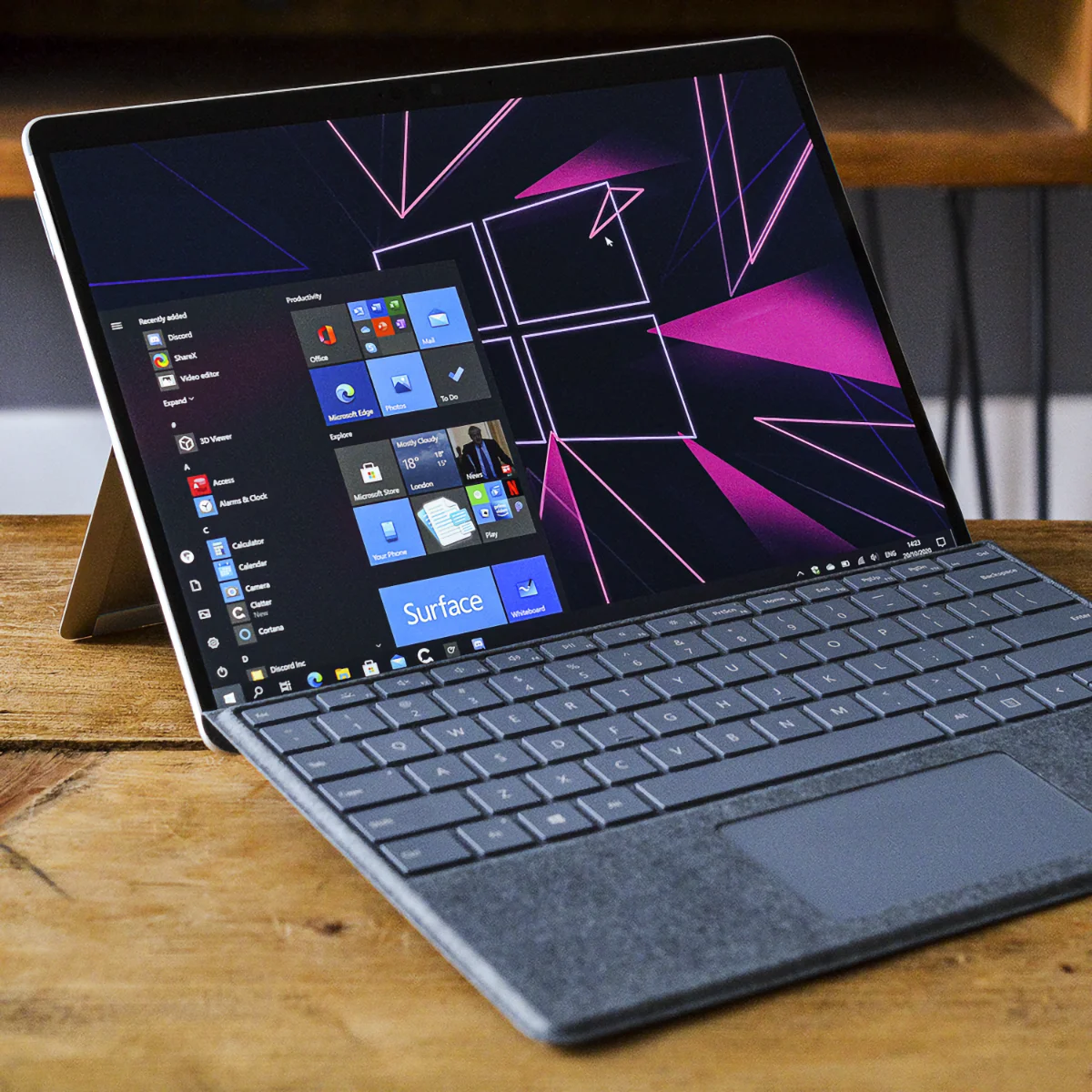
The initial review was kind, but then there are problems as time moves on. For starters, you can only use software that is available from the Microsoft Store. One of the major problems is the lack of software availability since the ARM version of Windows 10 lacks a X86 emulator. Performance wise, the ARM is not much faster than their X86 counterpart although the ARM laptop has much, much longer battery life thanks to their power efficient design of ARM. This speaks to a larger problem where the ARM player that is head and shoulders above the competition is Apple while others like Samsung and Qualcomm is playing catch up on a lot of things.
Then later, Apple released the M1 SOC, Apple’s first mobile base chip that is being developed for the Mac. Apple punched everyone so hard that the entire industry took a pause and copied Apple’s playbook. At this point Microsoft released the Surface Pro X, an ARM version of the popular Surface Pro which runs a custom SnapDragon processor from Qualcomm. The reviews were not kind. Not only the Surface Pro X is slower than the Intel counterpart, an M1 Mac beat the Surface Pro X by running Windows 10 in emulation mode. It was an embarrassing moment for Microsoft and it is no wonder why they went back to the drawing board and come to this.
Conclusion
So Microsoft releasing software that meant for ARM chip is not some trendy exercise or a fluke, but a continuation of a long history of Microsoft working on different platform, just-in-case. And the writing is also on the wall. No one argues that Intel is still a market leader, but more and more innovation comes from the ARM scene where if Intel is not careful, Qualcomm and Apple can not only match Intel performance, but surpass it as well.

So it is no surprise the Microsoft is spending billions of dollars in making sure that it can transition to ARM without announcing the transition to ARM.
- ms has been working ARM for a long time, so they have the experience building windows on non-X86 platform
- ARM is making big moves since the smartphone revolution and MS does not want to be left behind
- it’s not only on the consumer space, but enterprise / server space, AWS also has ARM offerings
- so MS is wise to invest a lot of resources to make things work.
Plug
Support this free website by visiting my Amazon affiliate links. Any purchase you make will give me a cut without any extra cost to you
- Mac Mini M1 - Amazon USA / Amazon UK
- iMac 24" M1 - Amazon USA / Amazon UK
- Mac Studio - Amazon USA
- MacBook Air M1 - Amazon USA / Amazon UK
- MacBook Pro 13" M1 - Amazon USA / Amazon UK
- MacBook Pro 14" M1 Pro / M1 Max - Amazon USA / Amazon UK
- MacBook Pro 16" M1 Pro / M1 Max - Amazon USA / Amazon UK
- Accessories:-
- Wireless earphones / headphones:-
- AirPods - Amazon USA / Amazon UK
- AirPods Pro - Amazon USA / Amazon UK
- AirPods Max - Amazon USA / Amazon UK
- Buyer's Guide:-
